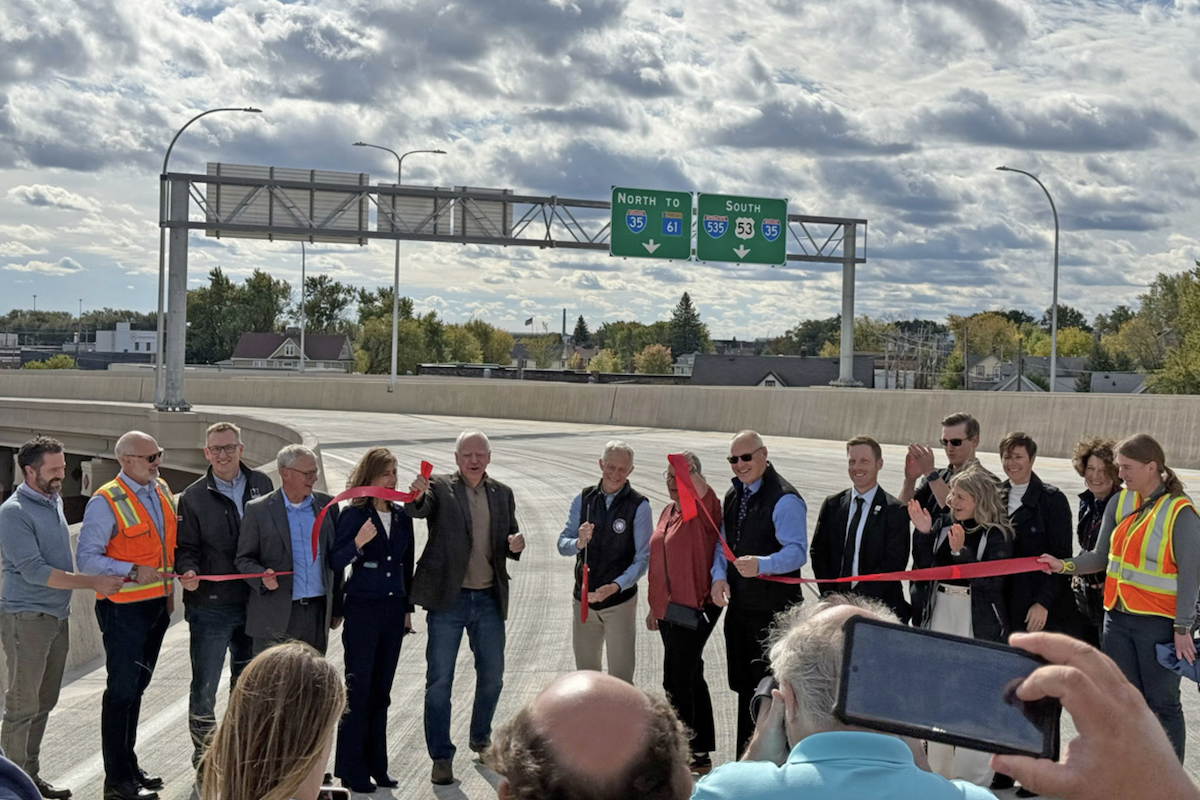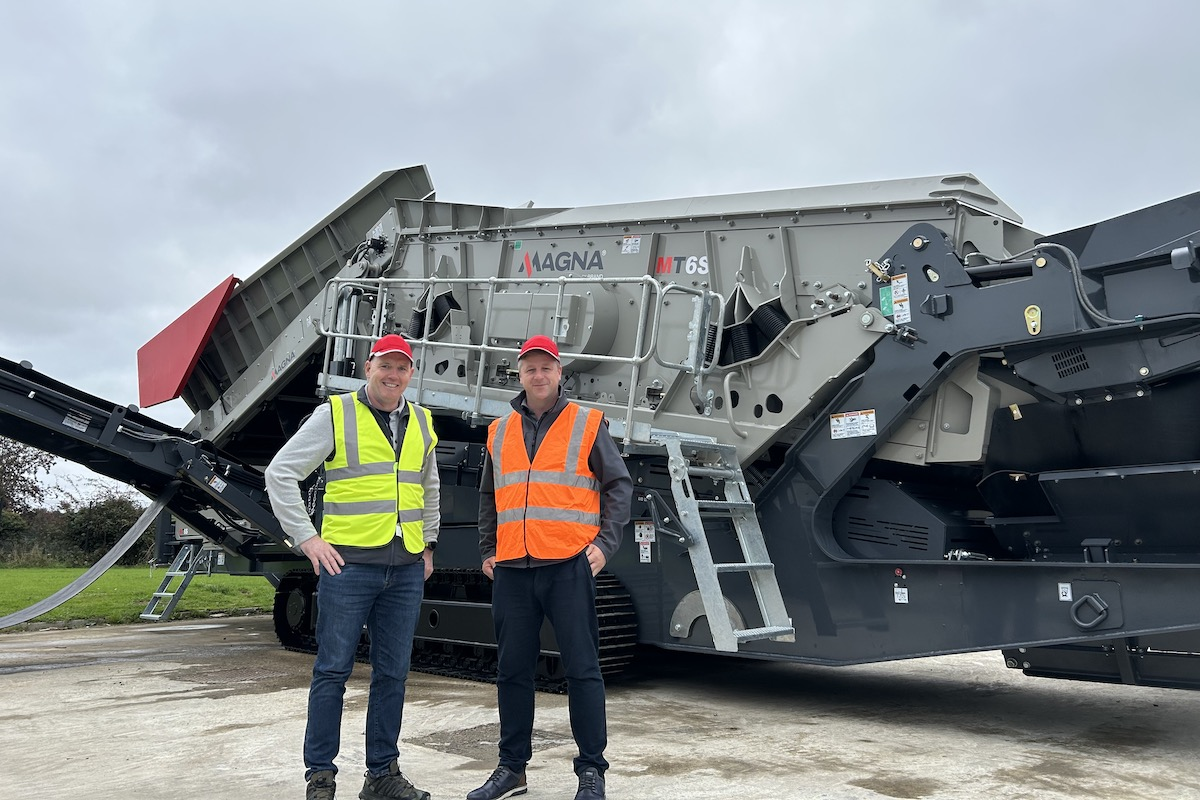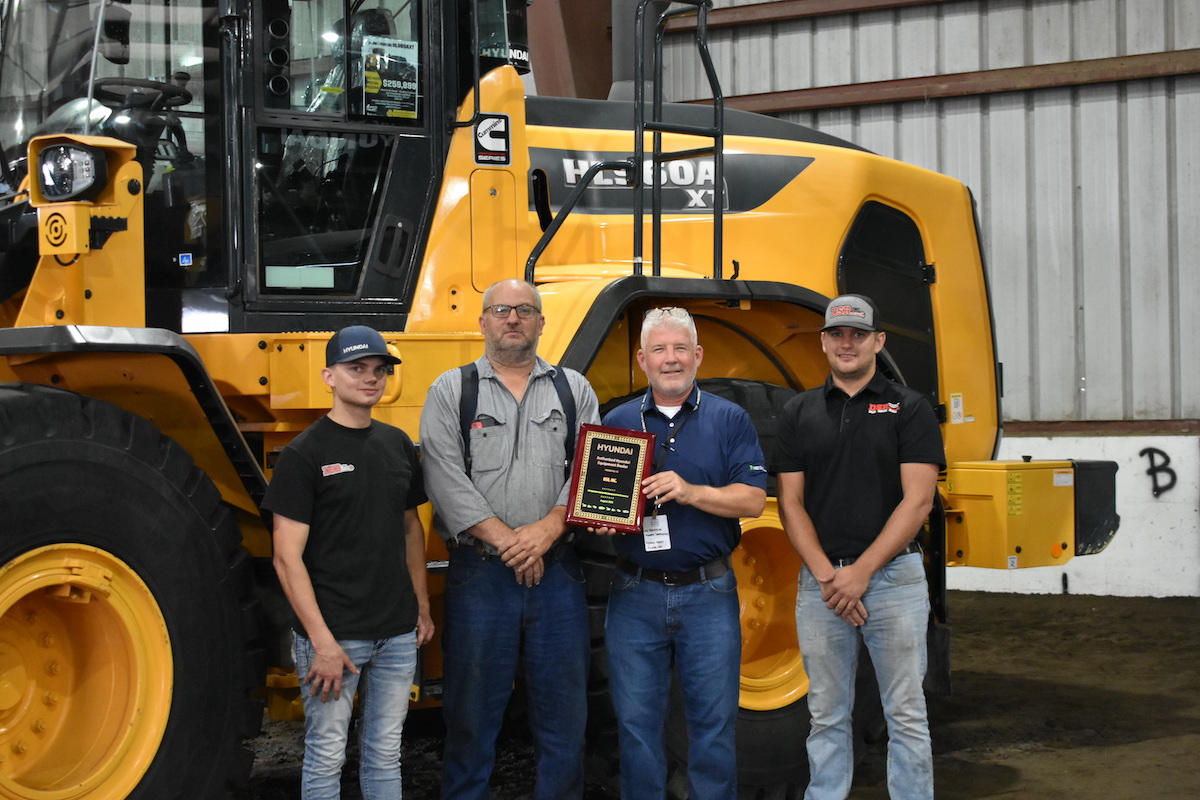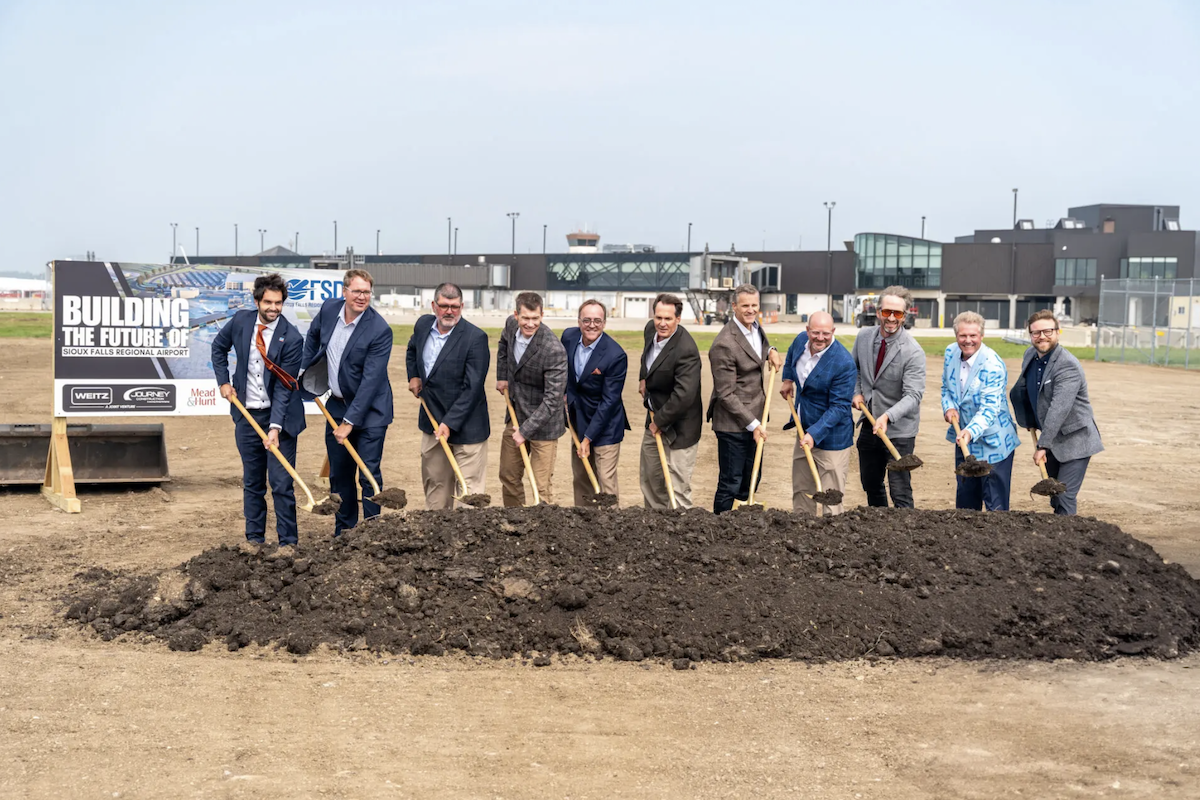Many contractors already have rich digital data coming from heavy equipment, thanks largely to the broad adoption of machine guidance and grade control solutions, both 2D and 3D. However, many only use that data to measure quantities or verify progress. Rather than just tallying material quantities, why not use that same data to generate insights across the project and across your organization?
A key challenge is managing the large volume of data required and extracting useful insights. Simply collecting all available data is not all that beneficial; finding a way to turn that data into insights quickly and easily is a game changer.
Successfully deploying an effective digital ecosystem that supports the job site, operations, and your customer is not as challenging or overwhelming as it might seem — it’s all a matter of taking control and making connections.
Technology like machine guidance has certainly helped improve productivity on specific tasks such as earthwork and greatly reduced the chance of rework.

| Your local Gomaco dealer |
|---|
| Swanston Equipment Co |
| Hayden-Murphy Equipment Co |
Ground Developments Ltd., a leading civil engineering contractor based in Scotland, saw an 87.5 percent increase in production due to improved efficiency. The firm went from 800 cubic meters to 1,500 cubic meters of modified material per day.
During the project, a Ground Development project manager said, “We can keep track of where the machines are, the progress they’re making, and the day-to-day cut, fill, volume, and compaction data, all highly accurately. In earlier days you would sometimes be looking at week-old machine data in the office.”
Colorado-based Stutsman-Gerbaz has realized similar benefits from grade control and subsequent digital workflows. On one project, the challenge was to improve essential infrastructure, specifically focusing on water line installations. As work is completed in the field, data is automatically sent back to the office.
Shay Stutsman, President of Stutsman-Gerbaz, noted, “We’re a month and a half ahead of schedule because we’re able to install pipes almost twice as fast, and more accurately, than we used to do.”
The rest of the project team, including the surveyors and engineers, are seeing the value in demonstrated accuracy.
Trimble surveyed over 12 million users and found that integrated workflows have facilitated 40 percent less rework (fewer passes, errors, reduced carbon footprint, and fuel), 40 percent faster field execution, 20 percent less waste, and considerably more customer satisfaction.
The multi-billion-dollar Western Sydney Airport project is a good example of an organization realizing that kind of return on investment.
The project entails the construction of a new international airport on the western side of Sydney, Australia. For bulk earthwork, the joint venture of CPB Contractors and ACCIONA Australia were tasked to move, fill, and compact about 24 million cubic meters of earth to a set of tight specifications in a relatively short amount of time. At any one time, over 270 pieces of earthmoving equipment were operating. Machine data played an important role in validating compliance and was a key part of a cloud-based survey, compaction, testing, and conformance workflow.
Brett Hussey, Project Survey Manager at ACCIONA, stated, “Without a digital workflow, the entire process would have been very laborious, and we would have lost the ability to keep surveyors off the site. We would have had to take a much more hands-on approach. Every material layout is accountable, so the quality of the job was the biggest improvement, as was our ability to maintain high production.”
In fact, many of today’s solutions are uniquely equipped to suit most any size project, large or small. The only real requirement is digital data, which is readily available from equipment through machine guidance systems.
Still not convinced? In today’s environment, owners — both public and private — are increasingly requiring the capture and retention of data during design and construction as a way to reduce lifecycle operational costs. While a contractor might use technology and data to improve productivity, owners want to see similar value across the overall project through the sharing of data.
Prioritize Integrated Systems
Look for solutions that streamline data flows between the field, office, and other stakeholders directly into project management, estimating, and scheduling tools. Choose systems with open architectures and provide application programming interfaces (APIs) or development resources to customize integration where needed. Also, evaluate the cost of integration beyond just equipment costs.
Focusing on truly integrated options will help maximize benefits like reduced rework through better-connected workflows. Some examples might include Trimble WorksManager Software for connecting machine control data to project management tools, Autodesk Build to integrate field data like photos into project records, and specialty solutions like HCSS for integrating equipment data into estimating workflows. The goal of these types of platforms is to break down barriers between field, office, and other teams through centralized, connected technologies.
Focus on User Friendliness
To minimize training needs, look for intuitive, easy-to-use interfaces that require minimal training and can streamline the process of extracting useful insights from raw data. Tools should be able to quickly deliver information in a format that field and office staff can easily understand and apply while integrating seamlessly into existing workflows, thus minimizing disruptions.
Partner Up
Work with technology providers to better leverage machine data. This might include piloting new solutions on projects to demonstrate real-world return on investment. These pilot programs will also help contractors better understand how they can streamline data workflows.
Industry experts can ensure proper setup, training, and support. Working closely with technology partners allows contractors to implement the right solutions, maximize value, and educate owners on how data is transforming project delivery.
Educate
Spend time talking to and demonstrating potential benefits of digital ecosystems to field staff. To overcome the common perception that it’s just extra work, focus on how it can help them. Coming at it from the perspective of benefits to the crew can help gain acceptance and buy-in for data-driven solutions.
Consider AI/Analytics Tools
These tools can help ease the challenges of managing and making sense of large datasets. For example, there are machine learning algorithms that can identify patterns and anomalies in machine data over time, computer vision applications trained on photos/video that can automatically assess quality, and natural language processing that generates reports and summaries from unstructured documents. Finally, predictive analytics can use historical data to forecast equipment needs and assess schedule risks.
Data from the machine is a highly valuable contributor as a part of this data-driven decision-making process. This data truly is a gateway to fully digital ecosystems and doesn’t require a huge capital investment.







































































